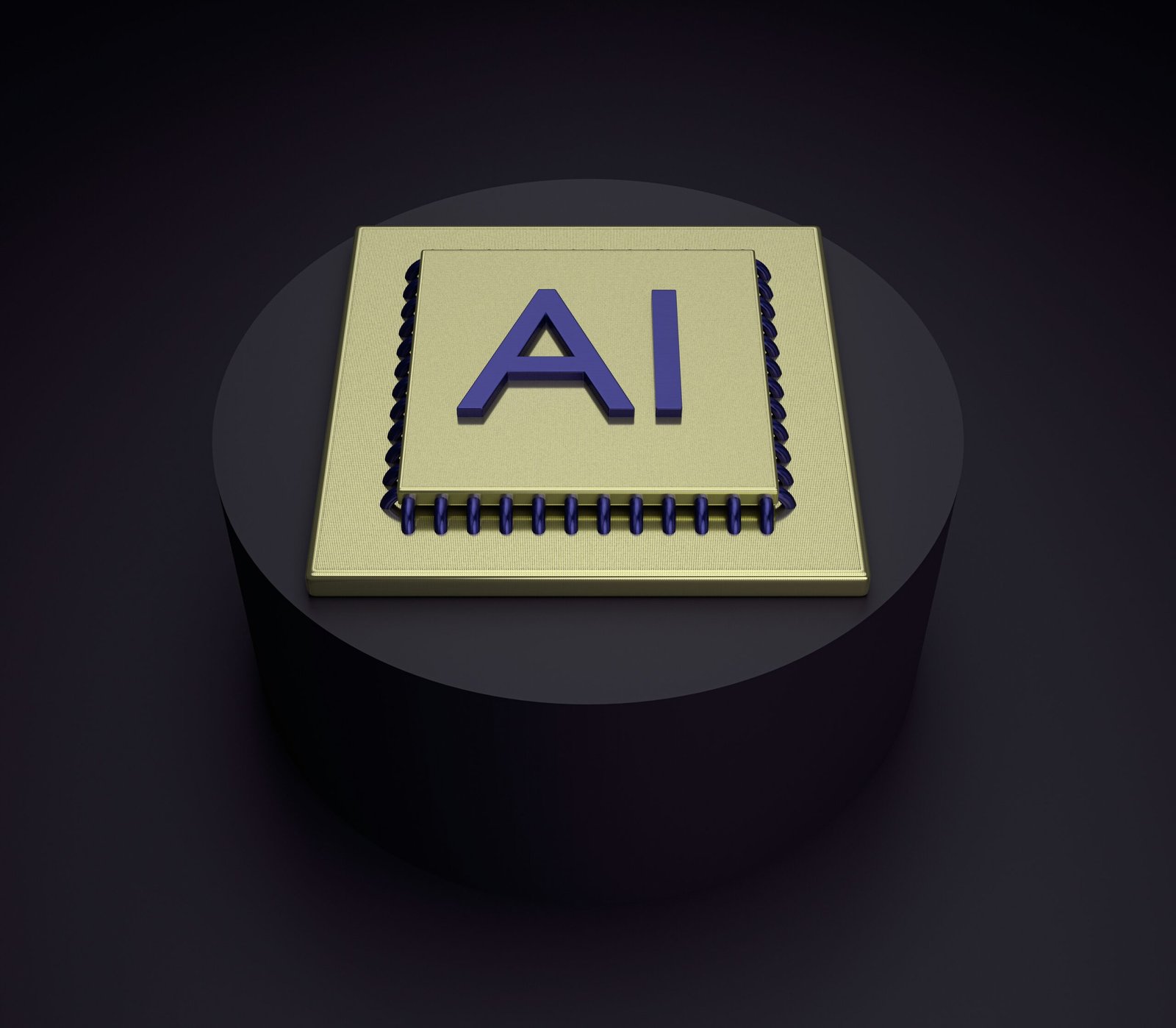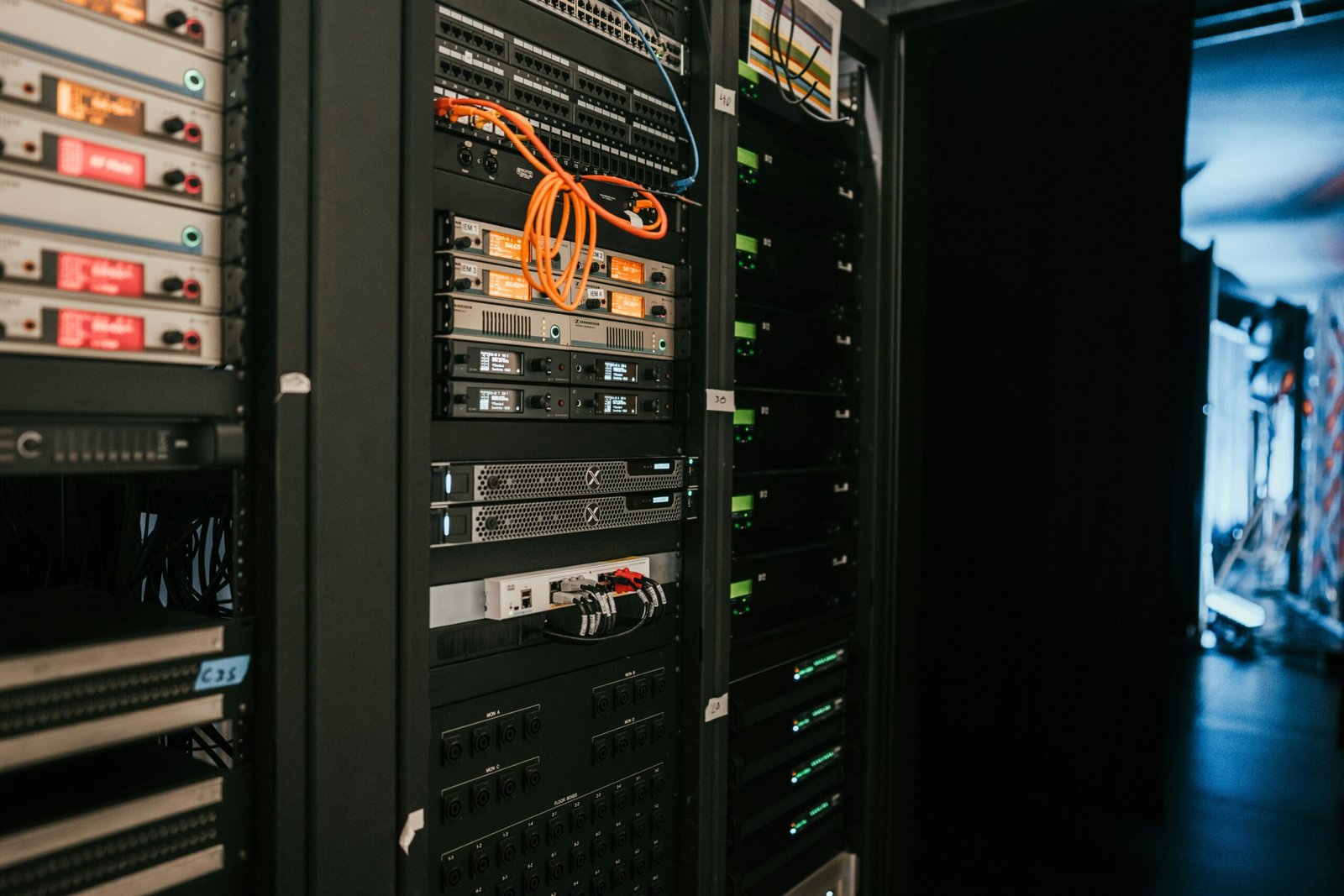Introduction to AI-Driven Workloads
AI-driven workloads refer to computational tasks that leverage artificial intelligence techniques to process and analyze data. Unlike traditional workloads, which typically involve straightforward processing tasks such as transaction processing or data retrieval, AI-driven workloads encompass a broader range of sophisticated operations. These operations are designed to mimic human-like decision-making, learning, and understanding. Examples of AI-driven workloads include machine learning, natural language processing, and image processing, all of which present unique challenges and complexities that demand advanced data infrastructure.
The increasing demand for AI applications is becoming a defining characteristic of modern data environments. As businesses and organizations strive to extract actionable insights from vast amounts of data, the importance of AI-driven workloads escalates. Machine learning, for instance, is central to predictive analytics, enabling systems to learn from historical data and make informed predictions about future trends. Similarly, natural language processing allows machines to understand and interpret human language, thereby powering applications ranging from chatbots to sentiment analysis. Image processing, on the other hand, transforms visual information into actionable data, which is critical in areas such as medical imaging and autonomous driving.
Each of these AI workloads requires substantial computational resources, sophisticated algorithms, and enhanced data management capabilities. Traditional data infrastructure may not suffice to effectively handle the complexities associated with AI-driven workloads. This shift towards AI necessitates a rethinking of existing systems, encouraging the adoption of scalable, flexible architectures capable of supporting these advanced applications. Consequently, organizations must align their infrastructure investments to meet the evolving demands posed by AI initiatives, ensuring that they remain competitive in an increasingly data-driven world.
The Impact of AI on Data Infrastructure Architecture
The advent of artificial intelligence (AI) has profoundly influenced data infrastructure architecture, necessitating a reevaluation of existing systems to support the increasing demands of AI workloads. Traditionally, data infrastructure was designed for conventional data processing tasks; however, the rise of AI models has introduced requirements for scalable storage solutions, enhanced computing power, and high-speed data processing capabilities. These AI workloads generate massive volumes of data, leading to significant strain on traditional architectures that may not be designed to handle such growth.
One key aspect of adapting data architecture is the need for scalable storage solutions. AI applications often require extensive datasets for training and operation, prompting a shift towards storage systems capable of dynamically scaling resources. These scalable solutions not only accommodate vast amounts of data but also enhance data accessibility and retrieval speeds, which are essential for real-time AI insights and analytics.
Furthermore, enhanced computing power is imperative for executing complex AI algorithms efficiently. Traditional computing infrastructures, consisting of standard processors, may fall short in adequately processing the intricate calculations demanded by AI models. As a result, organizations are increasingly turning to specialized hardware, such as Graphics Processing Units (GPUs) and Tensor Processing Units (TPUs), to provide the necessary computation capabilities. These technologies enable parallel processing, significantly accelerating training times and overall model performance.
Moreover, cloud computing plays a crucial role in facilitating flexible and efficient infrastructure changes prompted by AI demands. With the transition from on-premises solutions to cloud environments, businesses can leverage the inherent scalability and resource flexibility provided by cloud platforms. This shift allows organizations to quickly deploy AI capabilities without the need for hefty investments in physical infrastructure. Consequently, businesses can focus on innovation and development while ensuring that their data architecture keeps pace with emerging AI requirements.
Challenges in Adapting Data Infrastructure for AI
The transition towards AI-driven workloads presents organizations with a myriad of challenges, primarily revolving around the adaptation of their existing data infrastructure. One critical challenge is ensuring data quality and governance. High-quality data is essential for effective AI systems, yet many organizations struggle with inaccurate, incomplete, or outdated information. Moreover, establishing robust governance frameworks to manage data integrity, security, and compliance is often neglected, which can lead to significant risks.
Another significant hurdle is the integration of disparate data sources. Organizations typically store data across multiple systems, which may include legacy databases, cloud services, and on-premises solutions. The lack of a unified data architecture can hinder access to comprehensive datasets necessary for AI training and deployment. Ensuring seamless integration of these varied sources is paramount, yet many organizations are plagued by siloed data environments that obstruct timely and informed decision-making.
Furthermore, the escalating need for real-time data processing complicates these challenges. AI applications often rely on instantaneous data inputs for accurate analysis and responses. As such, organizations must enhance their data infrastructure to support high-speed data ingestion and analytics—something that traditional systems may not accommodate well. This dynamic environment necessitates continuous evolution, which can be resource-intensive.
In addition to these technical challenges, organizations face a significant skills gap within their workforce. The demand for specialists skilled in data science, machine learning, and AI technologies is currently outpacing supply. Thus, organizations may need to invest in training or hire new talent to effectively leverage AI capabilities within their data infrastructure.
Lastly, the financial implications of upgrading data infrastructure to meet the new standards required for AI deployment must not be overlooked. Organizations may be faced with substantial costs associated with new technologies, software licenses, and training programs, necessitating a carefully crafted investment strategy that balances functionality with budget constraints.
Future Trends in Data Infrastructure and AI
As artificial intelligence (AI) technologies continue to evolve, the data infrastructure supporting these advancements is undergoing significant transformations. Organizations are increasingly adopting AI-native databases, which are specifically engineered to cater to the unique requirements of AI workloads. These databases streamline data access, enhance processing efficiency, and support complex algorithms that underpin AI applications. This specialization enables businesses to handle large datasets with agility, leading to improved decision-making processes and reduced operational costs.
Another emerging trend is the advancement of edge computing, which allows data to be processed closer to its source rather than relying solely on centralized cloud servers. By decentralizing data processing, organizations can significantly reduce latency, increase bandwidth efficiency, and improve system performance. This trend is especially crucial for AI applications that require real-time data analysis, such as those in the Internet of Things (IoT) sector, where instantaneous insights are vital for operations and user satisfaction.
Automation is also becoming a central focus in data management as organizations strive to enhance operational efficiency. The integration of automation tools in data infrastructure enables a self-managing environment where routine tasks are handled with minimal human intervention. This not only reduces the risk of human error but also frees up IT resources to focus on strategic initiatives rather than mundane upkeep tasks. Furthermore, automated systems can be optimized to adapt dynamically to varying workloads, ensuring that resources are allocated efficiently based on demand.
To remain competitive in this rapidly evolving AI-centric landscape, organizations must proactively invest in these key trends. This entails not only adopting new technologies but also fostering a culture of continuous learning among their workforce. By staying abreast of emerging tools and practices, businesses can build a resilient data infrastructure that is capable of adapting to future challenges and opportunities inherent in the advancements of artificial intelligence.









